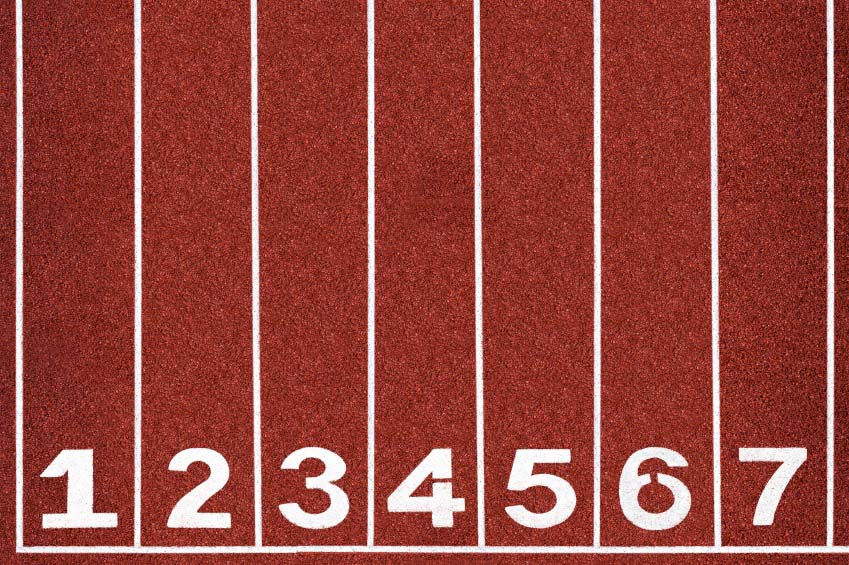While it may sound as simple as conducting a search engine search, a search for a patent is much more complex.
That’s why the United States Patent and Trademark Office (USPTO) recommends that inventors conduct a preliminary search to get an idea of the patents filed in their product area and leave the full search to a patent lawyer or patent services firm.
If you’ve ever tried to conduct a preliminary search on the United States Patent and Trademark Office’s Patent Full-Text and Image Database, then you know how tedious it can be. For starters, you are given three options: a quick search, an advanced search, and a patent number search.
In all three cases, you need to know the best specific terms or query to search for and which fields to select. Then, be prepared to scroll through a long list of patents that match your search query.
It’s a process that can be time-consuming, but there are steps you can take to save time and make your US patent search much easier and effective.
Tips for an Easy Preliminary Patent Search
These seven steps are designed to streamline patent classification searching. It’s important to note that these steps are for preliminary searches only and do not replace a comprehensive search.
1. Identify terms. Think of all the terms that can be used to identify your invention. Consider all angles, such as its usage, what it does, and its composition. Also consider alternative terms, such as synonyms, that describe your invention.
2. Search your terms. Use the USPTO’s Index to the United States Patent Classification (USPC) to obtain the applicable classes and subclasses. Once on the site, click the letter that corresponds with the first letter of your term. Then, scroll down the page to find the term and the corresponding class number and subclass number. The class number stands for the general category while the subclass number reflects a specific type of invention.
You can also find classification information on the Cooperative Patent Classification (CPC) site. The website is a joint effort between the United States Patent and Trademark Office and the European Patent Office to develop a common and internationally compatible patent classification system.
Enter one of your terms in the search box. The search gives you the cooperative patent classification scheme or definition by CPC symbol. You’ll need to do a separate search for every term you have to compare CPC symbols.
Other search options are the Google Search Patents tool and Free Patents Online (FPO) search.
3. Verify relevancy. The Index to the United States Patent Classification may have other relevant classes, so be sure to click on the class number to check for more. Next, scroll down each class page to look for any relevant subclasses. Definitions are available by clicking on the subclass number. Jot down the subclass terms for further research.
If using the CPC site, the classification for your term may include a definition link. Be sure to review it to ensure it is relevant to your invention.
4. Check for U.S. patents. Using the United States Patent and Trademark Office’s Patent Full-Text Database, do a quick US patent search under Patent Full Text (PatFT) using each of your class and subclass numbers. The search will return results of any similar patents.
Next, do a quick search under Application Full Text (AppFT) to find similar patent applications.
You can also obtain patents granted and patents that have been filed by entering the CPC classification on the USPTO’s classification search page. You’ll probably get quite a few patent results, but you can determine which ones are relevant to your idea by reading the abstract information and viewing the drawings contained on the front page of the patent filing.
5. Conduct an in-depth review. Once you’ve selected both the filed and granted patents that are most relevant to your idea, read each one thoroughly. Pay special attention to the claims, the additional drawings, and the specification sections. Also helpful are any references cited in the application because they could provide leads to other relevant patents to review.
6. Broaden your search. Use the resources provided in the Patent & Trademark Resource Centers (PTRCs) of the United States Patent and Trademark Office.
7. Hire a professional. Depending on your preliminary findings, a patent attorney or a patent services firm, can help you determine whether you should seek a patent for your idea.
Conducting a thorough US patent search is a critical and required step before obtaining a patent. It’s a process that should be left to the professionals who are experts in determining if your invention is one-of-a-kind and identifying any challenges that could lead to the rejection of your patent application.
Your Next All-Important Step
If you have a patent-worthy invention, but have no idea how to take it from an idea in your head to a product on the market, then contacting Lonestar Patent Services should be your next step.
Our three-stage process includes evaluation, development and launch services that are all-inclusive and vital to successfully making your idea a reality.


